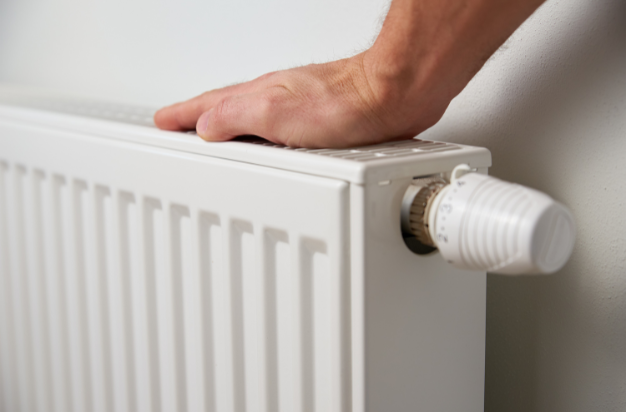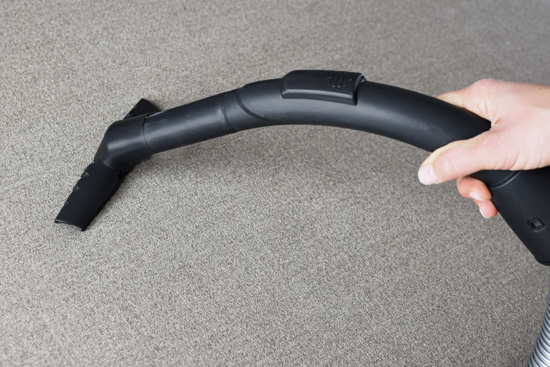How to: Minimize pilling
Sometimes the surface of a fabric can form little balls of entangled textile fibres. This is called pilling and can happen for several reasons. Some fabrics have an excess of loose fibers, which may result in pilling. It usually decreases with use over a period of time.
Pilling
Pilling can also arise from extraneous fibers from clothing, blankets and dust which get stuck on the fabric surface.
This can give the furniture fabric a used appearance, but it has nothing to do with the quality of the furniture.
If pilling has started to occur, it can usually be removed easily with an electric fabric-pill remover.
Good preventive treatment can minimise the degree of pilling. Humidity, static electricity and vacuuming play a major role here.
Think about the temperature
All new fabrics contain added moisture in the form of grease, wax or other types of humectant. These will dry out and disappear gradually over time.
When textile fibres lose grease and moisture, they become static and will therefore attract dust and dirt, which increases the risk of pilling.
This happens especially in winter, when we turn up the radiator or turn on the heating system, as this creates very dry air. We therefore recommend that you maintain a steady indoor temperature of 20-22 degrees in the winter months.

Vacuum frequently but gently
Friction and vacuuming too hard can also increase the risk of pilling. It is therefore important to vacuum with low suction using a soft brush attachment.
In some cases, waterproofing may also increase the risk of pilling. When the moisture-repellent film from the waterproofing disappears, dirt can easily get stuck and increase the risk of pilling. It is therefore important to vacuum frequently.

